Dynamic monitoring systems are critical for protecting infrastructure and people in earthquake-prone areas. In recent years, the increasing frequency and intensity of earthquakes and related phenomena such as bradyseism have highlighted the need for innovative solutions. These must enable not only timely response to disasters, but also prevention through a thorough understanding of the behavior of soil and structures.
Enter Moni2bsafe, which has developed a cutting-edge technology: remote Wi-Fi accelerometers. These devices, designed for continuous real-time monitoring of structures, perform a dual function. On the one hand, they detect and analyze the stresses to which buildings are subjected during a seismic event, providing critical information for structural safety. On the other hand, thanks to their networking capability, they create a network of seismic stations distributed throughout the territory, thus contributing to the collection of useful data for the study of telluric phenomena.
The recent 2023 earthquake in Turkey underscored the importance of efficient and up-to-date monitoring systems. The devastation caused by this earthquake revealed the fragility of much infrastructure, which often lacks adequate dynamic monitoring systems. In such situations, a continuous flow of real-time data on structural conditions can make the difference between mitigating risk and disaster.
During a scientific mission in collaboration with the University of Mersin, three remotely controlled two-way Wi-Fi accelerometers were installed to create local seismic stations. The first accelerometer was placed in a private home in Hatay, one of the areas most affected by the earthquake. The system was equipped with a portable Wi-Fi receiver to overcome the lack of connectivity due to the damage. The remaining two accelerometers were placed at the University of Mersin.
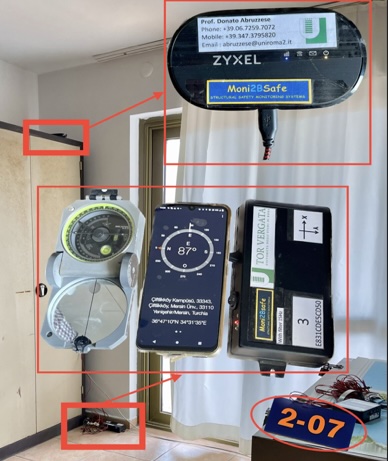
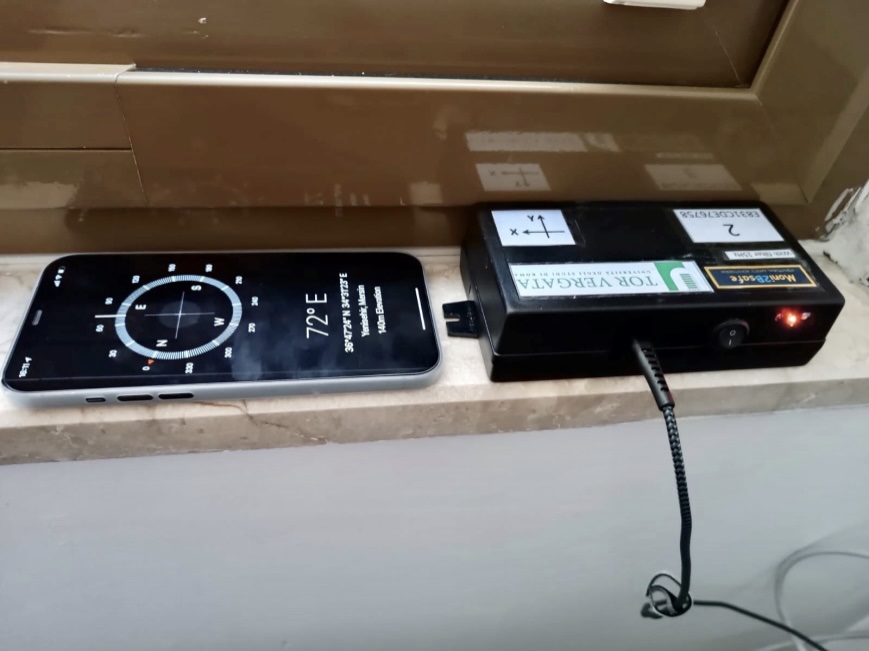
Fig.1 Wi-Fi accelerometer installed during scientific mission in Turkey.
This innovative approach has proven very useful for the dynamic monitoring of some structures in the Phlegraean Fields area. Since 2024, the Phlegraean Fields area, located in the Campania region near Naples, has been affected by continuous seismic activity. Through a network of Wi-Fi accelerometers, valuable data can be obtained to study the evolution of bradyseism, providing local authorities with concrete tools for risk management. The continuous collection of data will allow not only a better response to seismic events, but also a more accurate study of them, providing useful information for the design of safer and more resilient buildings.
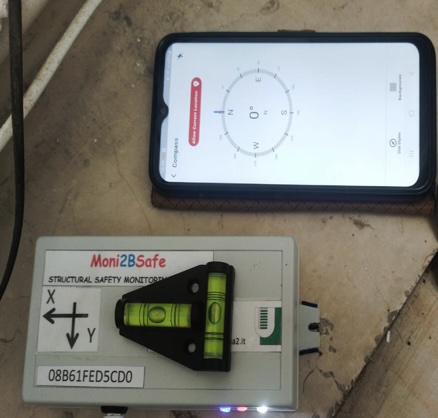
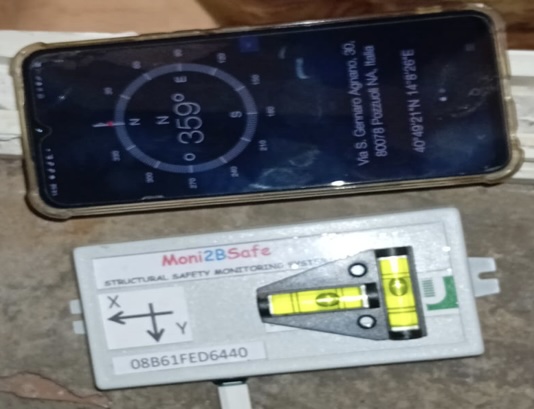
Fig.2 Installation of the accelerometer at Campi Flegrei.
Continuous data collection not only improves the response to seismic events, but also enables more accurate studies, providing useful information for designing safer and more resilient buildings. In both installations, the accelerometers were configured to record and transmit the signal only when accelerations exceeded a certain threshold. Once this threshold is exceeded, the device sends the recorded data, which is stored on the Moni2bsafe servers. This data is then processed and analyzed, allowing key information to be viewed through a web interface.
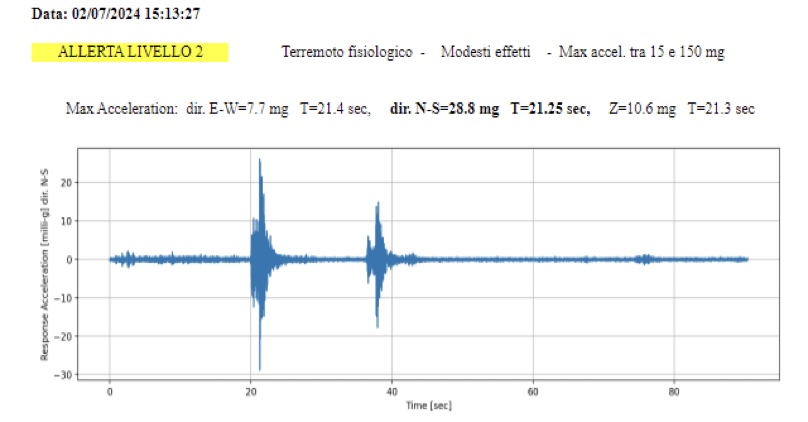
Fig. 3 Recording of a seismic event with Moni2Bsafe accelerometers.
With the dynamic monitoring system proposed by Moni2bsafe, structures located in seismic areas will benefit from constant high-tech monitoring. The network of Wi-Fi accelerometers not only provides real-time data, but also makes it possible to generate customized reports to immediately assess potential damage caused by a seismic event. These reports, which are customized for each structure, provide engineers, facility managers, and authorities with a detailed overview of post-earthquake conditions, facilitating quick and informed decisions for possible interventions. With the support of such advanced technology, response times are reduced and resources are optimized, ensuring more effective protection of infrastructure and people in areas of high seismic risk.
